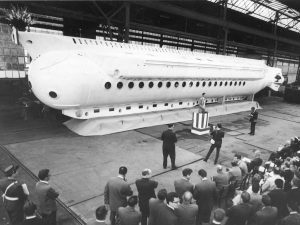
Fritz Zwicky: an overlooked Swiss genius
Fritz Zwicky from the canton of Glarus was one of the greatest minds of the 20th century. The story of an overlooked genius.
TV segment on Fritz Zwicky. YouTube



TV segment on the launch of Sputnik 1 in 1957. YouTube




